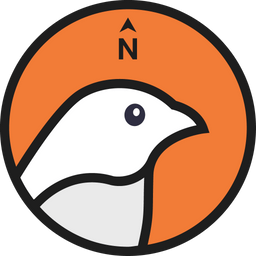Khlong Rop Krung, or the "Canal Surrounding the City," is an artificial canal that encircles the inner city of Bangkok, constructed under the reign of King Rama I in 1783, when the capital moved from Thonburi to the eastern banks of the Chao Phraya River. At that time, the eastern part of the city featured a curved peninsula with a river wrapping around three sides. The inner side, adjacent to the landmass, had already been dug as a moat since the Thonburi period, which created an island-like appearance. King Rama I graciously ordered the dismantling of the old Bangko Fortress and the city walls from the Thonburi era to extend the walls and moat for the new city layout. The new moat was designed to run parallel to the old city walls, starting from the riverside near Bang Lamphu, looping back out into the river south of Wat Sam Pluem. It measured 85 “sen,” 13 “wa” in length, 10 “wa” in width, and 5 “sok” in depth. He named this landmark "Khlong Rop Krung." Most locals commonly refer to different sections of the canal by names associated with the areas it flows through. The initial stretch is called "Khlong Bang Lamphu," named after the locality; when it passes under the Saphan Han Bridge, it becomes "Khlong Saphan Han," and as it flows by Wat Chao Leng, it is referred to as "Khlong Wat Chao Leng." The final stretch is called "Khlong Oi Ang," as it was once a trading center for pottery among the Mon and Chinese communities. In honor of the Rattanakosin Celebrations in 1982, the Cabinet passed a resolution on December 7, 1982, to officially designate this canal with its proper name, "Khlong Rop Krung."
Photo Credit: Facebook Page : TAT Photograph Section
canals around the city
Province: Bangkok Metropolis

